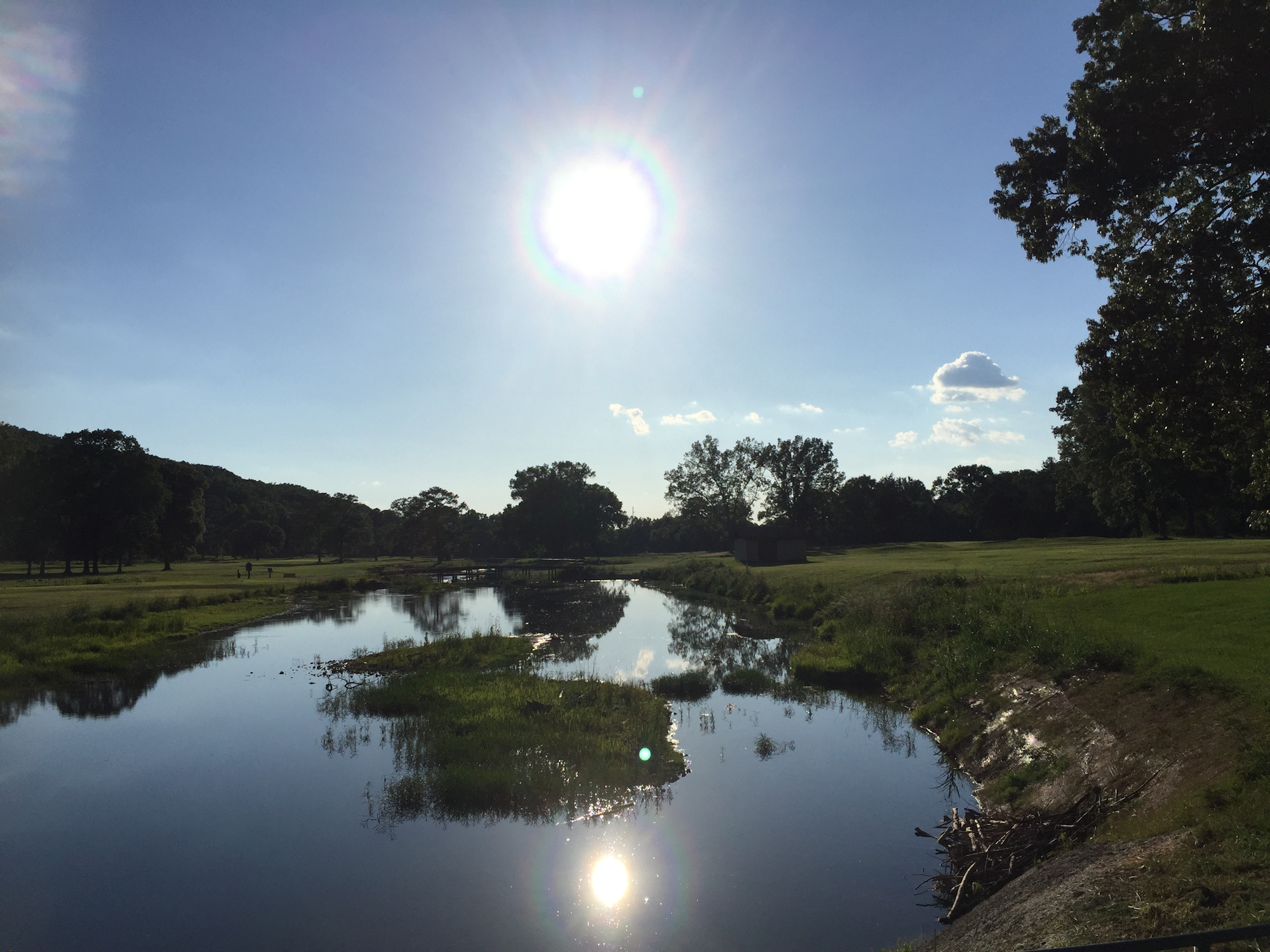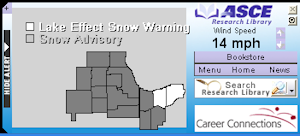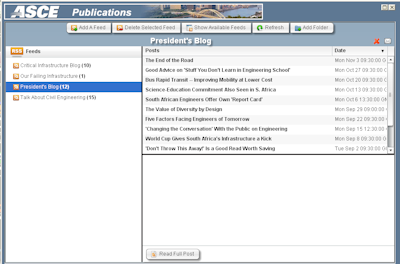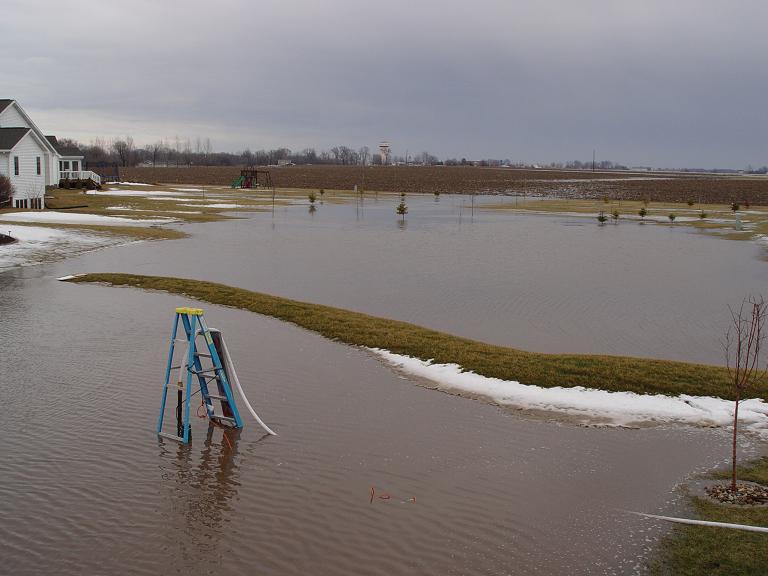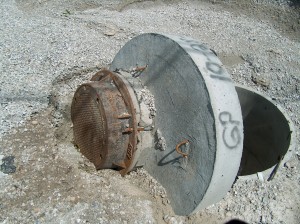 It's no secret that engineering consultants have been hit hard by the economic downturn. Some firms closed completely while many firms had to lay off technical staff and institute furlough days. I would imagine the annual bonuses received by employees at these firms have also decreased. The dynamics and operations of engineering firms has always intrigued me, first as an engineer, then as an employee of a few firms, and finally as a client/customer. How and why have we gone from a time when firms seemed to pop up on every corner to shuttering of offices and significant lack of work? Did this have to happen? And how can we revive the industry and insulate ourselves from another economic disaster?
It's no secret that engineering consultants have been hit hard by the economic downturn. Some firms closed completely while many firms had to lay off technical staff and institute furlough days. I would imagine the annual bonuses received by employees at these firms have also decreased. The dynamics and operations of engineering firms has always intrigued me, first as an engineer, then as an employee of a few firms, and finally as a client/customer. How and why have we gone from a time when firms seemed to pop up on every corner to shuttering of offices and significant lack of work? Did this have to happen? And how can we revive the industry and insulate ourselves from another economic disaster?
History
In the United States, most large infrastructure projects are built by government. And most improvements built prior to World War II were handled by engineers working for government. It seems that after World War II, there was an increase in the number of engineering firms. And the design and construction management of major construction projects shifted from government staff to engineering firms. Not having lived through the period immediately following the war, I’m not sure exactly why this happened. One reason could be the significant increase in building that occurred after the war—perhaps the government did not have the staff needed to generate and manage this volume of projects. So firms were hired to supplement existing staff. What seemed to happen over the next few decades was the shift in many smaller cities from having engineering capabilities in-house to hiring out engineering.
The Hey-Day
So over the next few decades, more and more engineering firms sprung up as suburbia moved out over the US. and more and more small to mid-size cities reduced staff in favor of hiring consultants. Not only were these firms delivering engineering planning, design, and construction management to government, but they were providing these same services to the private development sector. There was so much work generated from the housing boom that many firms ended up specializing just in delivering services to private development.
These were good times for engineering firms. During many of these years, government grant programs paid for the design and construction of treatment plants, housing provided a steady stream of work, and several transportation bills fed the design and construction of infrastructure.
The Fall
We can all imagine what happened when the economy fell. Housing and development came to a grinding halt removing a major source of revenue for many firms. Firms that had come to rely solely on private development closed their doors. Even the federal stimulus program did not help much. ARRA funds were for “shovel-ready” projects so while firms might have been lucky enough to find construction engineering work, there was no money in that program for design.
So while some firms avoided complete closure of their company, many could not avoid having to close satellite offices or laying off staff.
What Went Wrong?
Some people might want to take an easy way out on explaining the current situation and blame it on the economy. But there’s a lot going on behind this quick summary. And ignoring the issues can be detrimental to all of us because it has the potential to undermine our profession.
One reason that seems obvious is that firms were making money doing the same thing over and over. Many firms had taken the position of why change a good thing? We see one example of this in the development of GIS. When GIS rolled out into the mainstream during the 1980s and through the 1990s, few firms jumped on board and incorporated it into their delivery of services. Perhaps the thought was why take time away from billable hours to train people in a technology that clients are not asking for. So professionals in other fields such as planning began working with GIS, and eventually a whole new profession was formed by people who saw the value in learning and using GIS. Only in the last decade did most engineering consultants begin using GIS in their everyday operations. And I would guess there are still some that either still don’t use it or are just starting to train or hire staff now. What would have happened if consulting firms had realized the value early on and embraced GIS as one more deliverable? The lesson here is no one can expect to be successful forever doing the same thing over and over and ignoring new changes and innovations.
And this brings me to the next weak line in the chain. While the first seemed obvious, this one took me a little more time to realize. What I’ve more recently come to see and understand is that our profession has slowly moved away from its original apprentice/mentoring style leadership and structure. I do realize there are still many out there still practicing the “old ways,” but I have seen way too many who are not.
Back when I first started as an engineering technician (many moons ago!). I was very fortunate to work for several supervisors who still looked upon their relationship with staff as a mentor/teacher. As we worked, every one of them explained fully what we were doing and why. Each time they thought through decisions, they did so by speaking out loud to me so I could follow their thoughts and reasoning. This worked so well that when I took my surveyor in training test, all I had to do to find the answer was replay their voices as they explained each problem we had solved. Fortunately after I became an engineer, I again found myself working for engineers who followed this same practice. With all of these people, the mentoring and teaching was part of the work – it was not done aside or separate from what we were accomplishing.
I count myself fortunate to have met and worked with these people, particularly as I have been realizing this no longer seems to take place as a standard practice. The younger engineers I’ve talked with tell me stories of how they were left completely on their own to work on designs with little to no oversight or direction. They were also not encouraged or led to believe they should be asking for help.
Is this why I read posts on LinkedIn written by young engineers who have no respect for older, more experienced engineers? Is the loss of this teacher/apprentice relationship what prevents innovation and new ideas from being accepted, reviewed, refined and incorporated into the company? Have older, more experienced professionals been so busy chasing the next project that they’ve forgotten or neglected to nurture and share their knowledge with the next generation or even be aware of and open to the ideas and innovation new engineers can offer? And has this somehow contributed to the loss of business due to missed opportunities and a lack of skill sets/services and motivation to innovate?
The Fix
If you agree with the main two reasons I’ve identified above, the fix seems easy: be open to and incorporate new ideas and innovation and practice engineering as a mentoring/apprenticeship profession. However implementing these practices is not that easy—investing in new ideas and innovation with no client in sight costs money. I even had experience with a firm many years ago that had us as a client begging for them to implement more innovative designs and yet they resisted. So there’s definitely a need to change the culture and mindset of the leadership in order to allow these changes to take place.
Once firms are on board with trying this approach, they next step is to develop a process of evaluating industry-related innovations to determine if there’s an opportunity to incorporate them into the firm. If a new idea shows promise, there also needs to be a process to evaluate the costs and possible revenue resulting from an expansion of services. Fortunately some firms have already realized they need to switch gears and move in this direction.
The other fix is to return to our roots as a profession that nurtures and teaches younger members in the business. Building a properly trained staff while encouraging respect and trust helps create a motivated work force that not only delivers successful projects, but also encourages the discovery and implementation of the new ideas and innovation.
